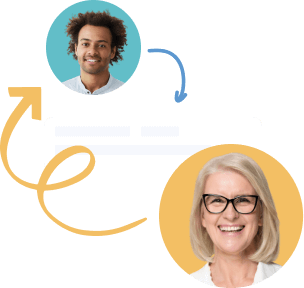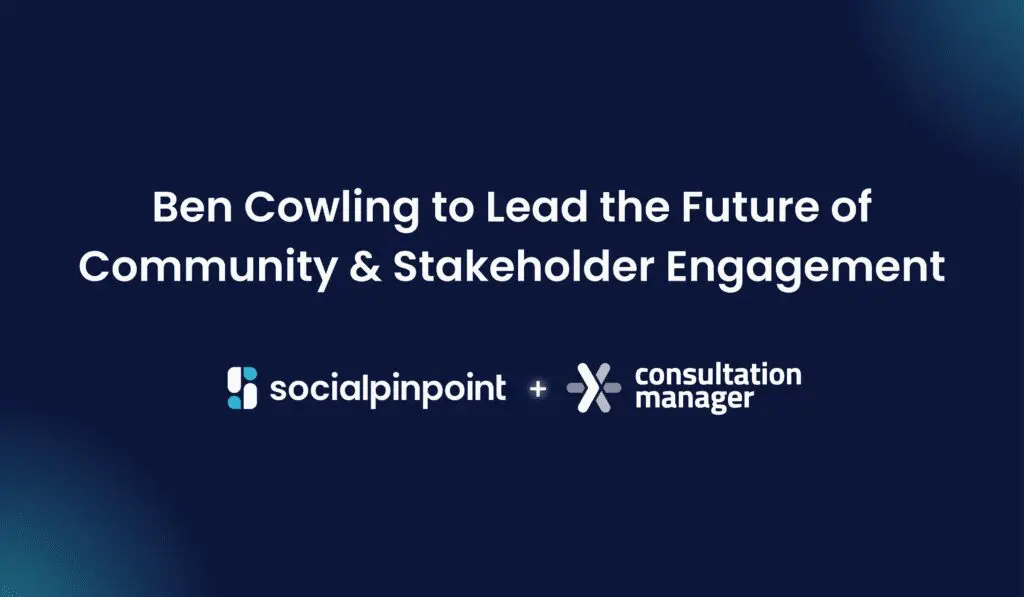As professionals in public participation, you’re aware of the intricacies involved with making sure your communities are heard and all voices have the opportunity to participate.
But what do you do when you’re not a member of the communities you want to work with? This is a particularly important issue in indigenous areas where, in the past, those community members have not been engaged effectively.
Indigenous communities are especially unique not only because of their long histories, but also because of the adaptions they’ve had to make in order to maintain their culture when the world around them is constantly changing. Traditionally, they have had their own tribal leadership who you may not have access to.
You won’t have the opportunity to say, “We want to work on an engagement project with you. Who should we work with?” There are some things that need to be done beforehand to ensure that communication is open and authentic and that feedback is effective.
Follow this three-step process for a successful engagement project with First Nations:
- Identify key groups and key people for your engagement project
- Let your key stakeholders guide the best ways to engage
- Coordinate with other parts of the project to the team from the beginning
Firstly
Identify the key groups and key people for an engagement project. Consider thought leaders, members of the community, tribal leaders, and other groups. You want to get multiple people from all areas engaged as early as possible. When you do reach out initially, know that an internal dialogue is required before people from the outside should say or do anything. Let your stakeholders control the conversation. Offer your expertise and thoughts only after that has happened. Frequently, we’ll see that our first assumptions on needs are incorrect. Allowing your audience to tell you what matters means that you’ll get more participation from all those in the community.
Secondly
Determine how you plan to be involved? As someone who may not know the day-to-day issues a community is facing, you should ask yourself, “Is this a case where we work alongside a community or do we simply advise from the outside?” Once you’ve been introduced to community leaders, they will be able to tell you what has worked for them in the past as well as the best ways to receive public participation. It might be through you and more modern methods. Or it might be more effective to have a tribal Chieftain put the word out for people to come together for a meeting. Allow your key stakeholders to guide the direction to take the project.
A tip to help build relationships is to give a small gift when meeting with leaders and others you’ll be working with. This is traditional and lets people know that you appreciate their help and respect their culture.
Thirdly
Define the goals of engaging the indigenous community. As a community engagement expert, you are only one aspect of the project, so make sure that other departments, agencies, and organizations are involved from the onset. Make sure you are on the same page in terms of goals and plans. Then, you will have the foundation in place for effective engagement and a successful project!
Here at Social Pinpoint and Consultation Manager, we are constantly striving to better understand and empower organizations towards best practice engagement and keep up to date with this ever-evolving industry. If you have any questions on how you could implement some of these learnings into your engagement strategy we would love to hear from you!












